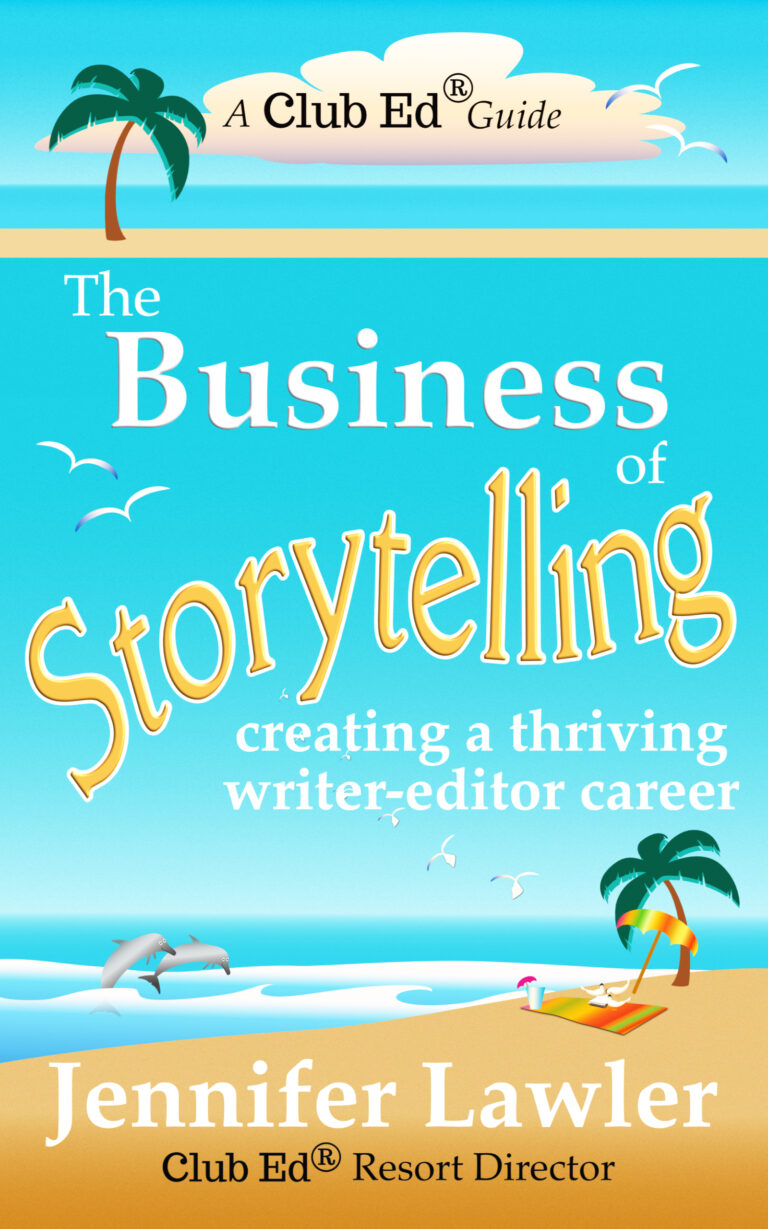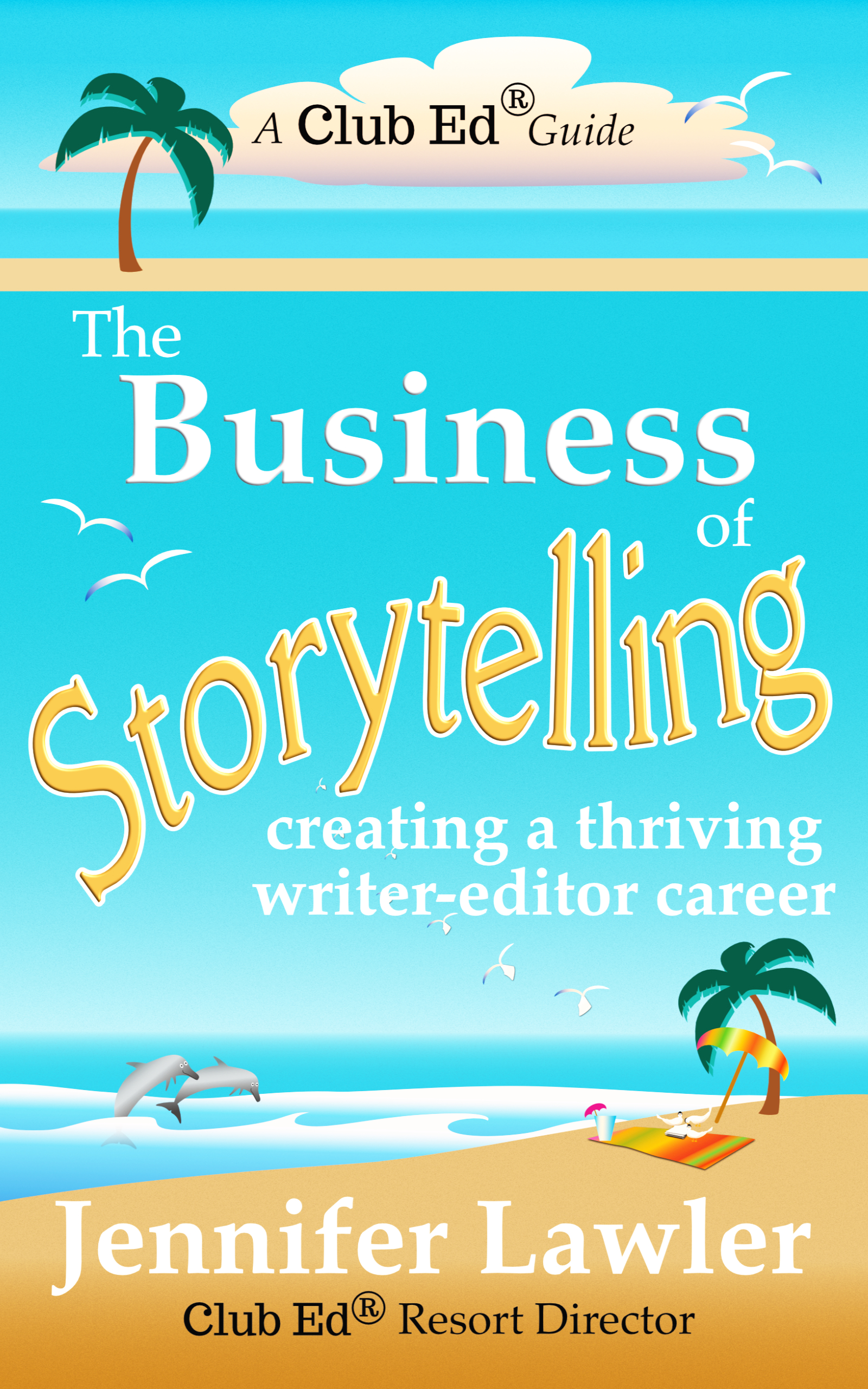How to show a story
We often talk about telling stories, but how to tell a story is something of a misnomer for novelists. A novelist needs to show the story.
Undoubtedly you’ve heard the old advice, “Show, don’t tell.” And you may have heard that yes, indeed, you can and should sometimes tell.
For example, you don’t need to show Joe’s alarm going off, Joe arising from his bed, Joe showering, shaving, and dressing, Joe making toast and coffee, Joe consuming his toast and coffee, Joe putting on his coat and collecting his car keys from the tray on the hall table, Joe stepping outside and walking to the curb, opening the card door, settling himself on the seat, securing his seatbelt, starting the car, and driving to work.
You can just tell: “In the morning, Joe went to work.”
But in general, show feels more immersive to the reader:
The rain came down in thick sheets vs The rain battered against Joe’s umbrella
The first is tell, the second is show.
But what often gets overlooked in this conversation is that we’re talking about show versus tell in two very different ways. In the first way, we have a lot of unnecessary information about Joe getting ready for work. That is clearly not needed in the story.
But the second example is much more sentence-level. The first is about providing unnecessary information while the second is about providing necessary information in the most immersive way.
I think we would do better to call the first an example of “show versus summary” instead of “show versus tell.”
In the case of a scene like Joe getting ready for work, the question an author can ask is, Would this scene be better summarized than shown? In my example, the answer is yes.
Now, supposing something happens as Joe gets ready—he gets a fateful phone call, he slips in the shower and cracks open his head, he prepares as if he’s going to work but gets in the car and drives off, never to be seen again. In that scene, the quotidian details might make a nice contrast to the dramatic development. In such a case, summary isn’t better than showing.
Join the Club!
New to story editing? Begin at the beginning.






